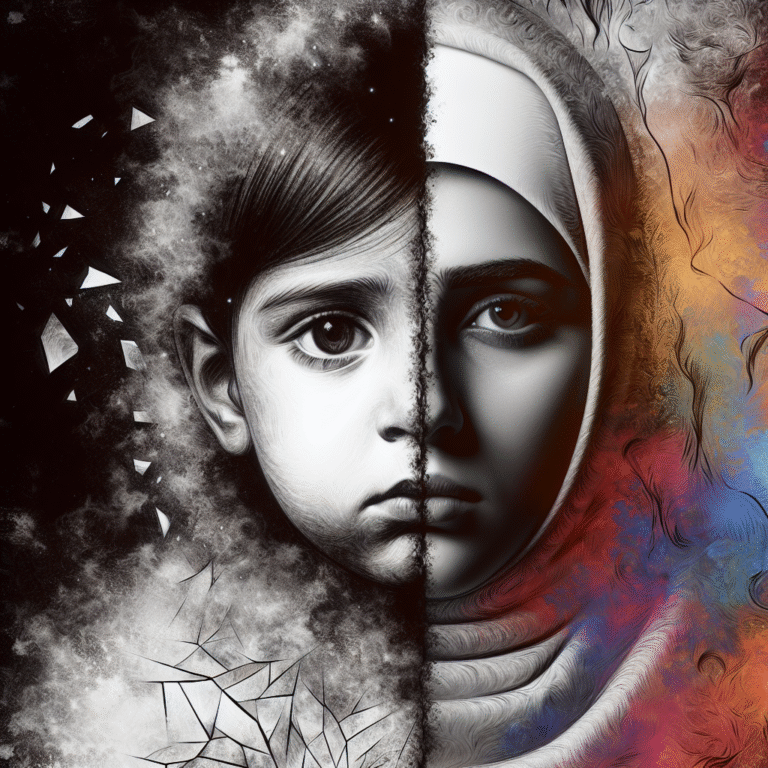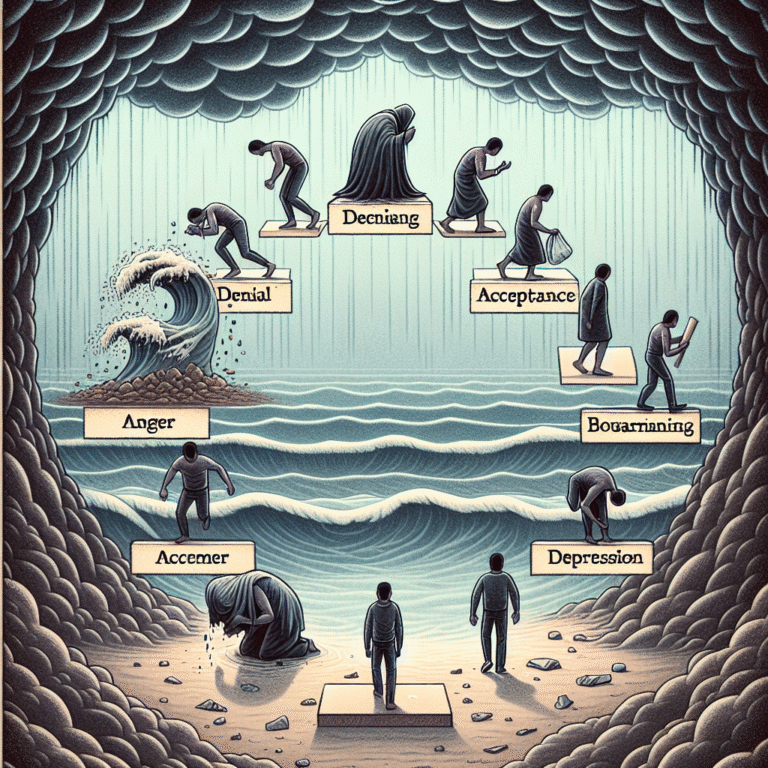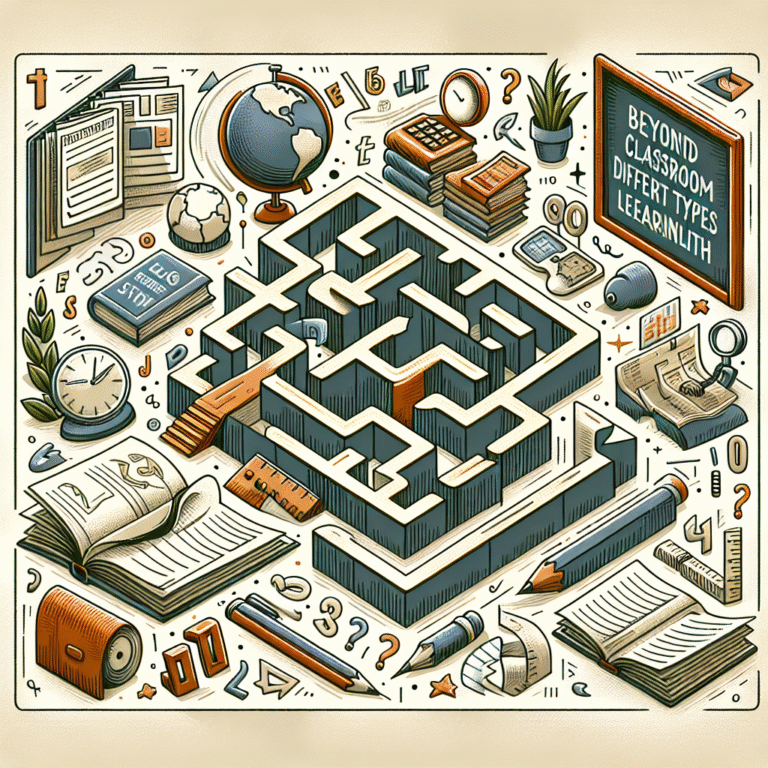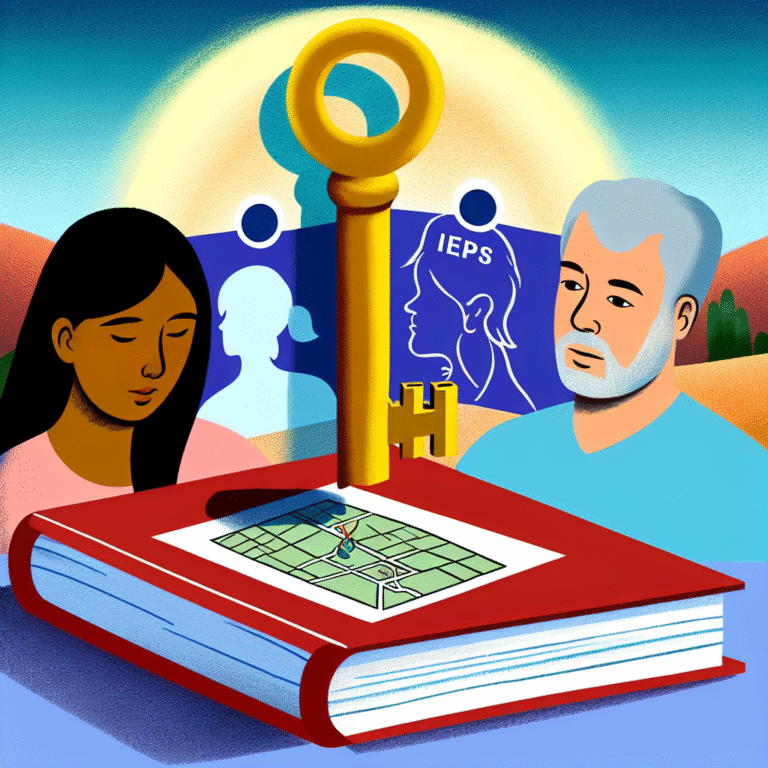
From Childhood to Complexity: Exploring the Long-term Effects of Trauma on Mental Well-being
Introduction
In a world increasingly aware of the psychological impacts stemming from childhood experiences, the phrase "From Childhood to Complexity: Exploring the Long-term Effects of Trauma on Mental Well-being" resonates deeply with those who seek to understand both the shadow and the promise of human resilience. Trauma, particularly during the formative years of childhood, can leave a profound mark on an individual’s mental, emotional, and social health. The implications of unresolved trauma extend beyond the individual, touching relationships, communities, and societal structures. As we delve into the multi-faceted nature of trauma and its far-reaching consequences, we find ourselves embarking on a journeythat does not merely lament loss but also seeks to illuminate pathways toward healing.
Understanding Trauma: The Basics
What is Trauma?
Trauma is often defined as a psychological response to a deeply distressing or disturbing event. It can take many forms, from the immediate aftermath of an accident to the chronic effects of ongoing abuse or neglect in childhood. The severity of trauma is not determined solely by the event itself, but rather by the individual’s perception of the event and their ability to cope with it.
Types of Childhood Trauma
Childhood trauma can broadly fall into three categories:
Acute Trauma: A single incident, such as a natural disaster, serious accident, or violent event.
Chronic Trauma: Repeated and prolonged exposure to distressing events, often occurring in environments that are supposed to be safe, like home or school. Examples include ongoing physical or emotional abuse.
- Complex Trauma: Exposure to varied and multiple traumatic events, often within interpersonal relationships. This type is particularly common in cases of prolonged abuse and domestic violence.
Each type of trauma carries unique psychological ramifications, influencing not only mental well-being but also physical health and social relationships.
The Science of Trauma
At a biological level, exposure to trauma activates the body’s stress response system. Chronic activation can lead to dysregulation of stress hormones like cortisol, which has been linked to numerous health issues, including anxiety, depression, and even cardiovascular problems. Understanding this connection is crucial as we explore the long-term effects of trauma from childhood into adulthood.
The Developmental Impact of Childhood Trauma
Brain Development
Research indicates that trauma during childhood can interfere with normal brain development, particularly in areas related to emotional regulation, impulse control, and stress response. The Adverse Childhood Experiences (ACE) study highlights the correlation between childhood trauma and adverse health outcomes later in life.
| ACE Score | Examples of Adverse Experiences | Long-term Health Outcomes |
|---|---|---|
| 0 | No ACEs | Lower risk of mental illness |
| 1-3 | Divorce, substance abuse | Increased risk of mood disorders |
| 4+ | Abuse, neglect | Higher susceptibility to chronic diseases |
Psychological Effects
The impacts of childhood trauma often manifest in various psychological conditions, including:
Anxiety Disorders: Persistent fear and anxiety that interferes with normal functioning.
Depression: A prolonged sense of hopelessness and disinterest in activities once enjoyed.
- Post-Traumatic Stress Disorder (PTSD): A severe reaction to experiencing or witnessing traumatic events, characterized by flashbacks, severe anxiety, and coping issues.
Each of these conditions highlights how early traumatic experiences can complexify mental well-being, trapping individuals in cycles of distress that can feel insurmountable.
Case Study: The Story of Emily
Emily, a 32-year-old woman, exemplifies the long-term effects of childhood trauma. Raised in a household plagued by substance abuse and domestic violence, Emily experienced significant neglect. By the age of 10, she began exhibiting symptoms of severe anxiety and depression, which evolved into full-blown PTSD in her twenties after a triggering event.
Analysis: Emily’s story underlines how untreated childhood trauma can manifest in adulthood, affecting her personal relationships, career prospects, and overall sense of self. Therapy enabled Emily to confront her past and start healing her present, establishing a crucial thread of hope amidst complexity.
The Social and Economic Ripple Effects
Impact on Relationships
Individuals who experience childhood trauma often struggle with forming and maintaining healthy relationships. Attachment models suggest that early relationships with caregivers create templates for future interactions.
Avoidant Attachment: Individuals may withdraw from intimacy, fearing further trauma.
- Anxious Attachment: Others may become overly dependent, perpetuating cycles of unhealthy social dynamics.
Economic Consequences
The societal costs of untreated childhood trauma extend beyond individual suffering. Lost productivity, increased healthcare costs, and reliance on social services can strain communities significantly.
| Economic Impact | Description |
|---|---|
| Increased healthcare costs | Individuals seek more frequent medical care for trauma-related ailments |
| Productivity loss | Lower engagement and absenteeism in the workplace |
| Social service strain | Higher demands on welfare systems to aid trauma-affected individuals |
Pathways to Healing: From Childhood to Adulthood
Therapeutic Interventions
The journey from childhood trauma toward mental well-being is undoubtedly complex, requiring tailored interventions:
Cognitive Behavioral Therapy (CBT): Aims to change negative thought patterns associated with trauma.
Eye Movement Desensitization and Reprocessing (EMDR): A specialized therapy for treating PTSD through guided eye movements.
- Mindfulness and Somatic Practices: Techniques useful for managing trauma-related symptoms by fostering awareness and connection to the body.
The Role of Support Systems
Research consistently points to the significance of social support in overcoming trauma. Friends, family, and peer support groups can create networks of resilience, enabling individuals to navigate their healing processes more effectively.
Insights from Neuroscience: The Brain’s Capacity for Change
Neuroplasticity and Recovery
One of the most hopeful discoveries in neuroscience is neuroplasticity, which refers to the brain’s ability to reorganize itself by forming new neural connections throughout life. This means that even after experiencing trauma in childhood, individuals can experience profound healing and transformation.
- Implications of Neuroplasticity: Engaging in therapeutic practices can foster new pathways for emotional regulation and social interaction.
Case Study: The Transformation of David
David, a 45-year-old man, discussed his traumatic experience of parental neglect during childhood. Seeking therapy led him to a cognitive behavioral approach that allowed him to reframe his negative beliefs about self-worth. His progress highlights the monumental changes individuals can make when given the proper tools.
Analysis: David’s journey emphasizes hope and resilience. It illustrates that trauma does not have to define one’s life; with determination and support, healing is within reach.
Conclusion
The exploration of "From Childhood to Complexity: Exploring the Long-term Effects of Trauma on Mental Well-being" reveals both the burdens of our histories and the promise that resides in healing. Trauma, particularly from childhood, can complicate mental health across a lifetime; however, through understanding, support, and therapeutic interventions, individuals can navigate their paths toward resilience and recovery.
As we move forward, it is vital to foster environments that acknowledge these complexities while promoting healing avenues. Together, we can champion a narrative that uplifts survivors, driving societal shifts that advocate for early interventions and support systems capable of addressing traumatic experiences effectively.
Actionable Takeaway
Awareness: Acknowledge your experiences or the experiences of loved ones and understand their potential long-term effects.
Seek Help: If you or someone you know is struggling with trauma, encourage seeking professional intervention.
- Build Community: Engage in support systems—be it friends, family, or groups—that foster healing and connection.
FAQs
1. What is the difference between trauma and PTSD?
Trauma refers to the emotional response to a distressing event, while PTSD is a specific psychiatric disorder that may develop after experiencing trauma.
2. Can childhood trauma be completely healed?
While healing from childhood trauma may take time and effort, many individuals can experience significant improvement and lead fulfilling lives with appropriate therapeutic techniques.
3. What are common signs of childhood trauma?
Symptoms may include anxiety, depression, behavioral changes, relationship difficulties, and physical ailments related to stress.
4. How can I support a loved one dealing with childhood trauma?
Listening non-judgmentally, encouraging professional help, and providing a stable, safe environment can be crucial in supporting loved ones.
5. Are certain populations more affected by childhood trauma than others?
Yes, studies suggest that marginalized communities often face higher rates of childhood trauma due to socio-economic factors, lack of resources, and systemic issues.
In embracing a conversation centered around "From Childhood to Complexity: Exploring the Long-term Effects of Trauma on Mental Well-being," we open ourselves to a compassionate understanding of the human experience—one that values resilience and supports healing for individuals and communities alike.











